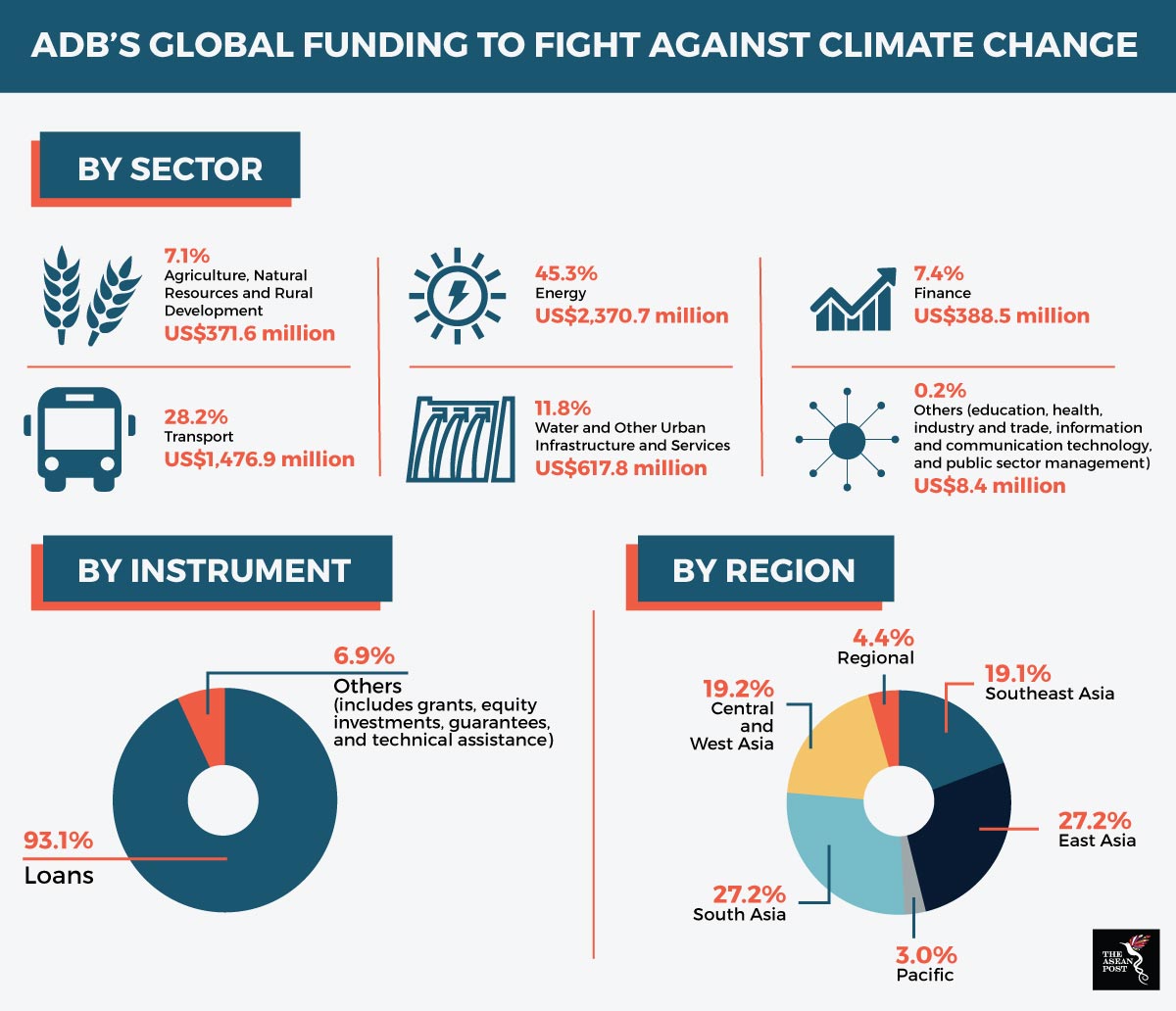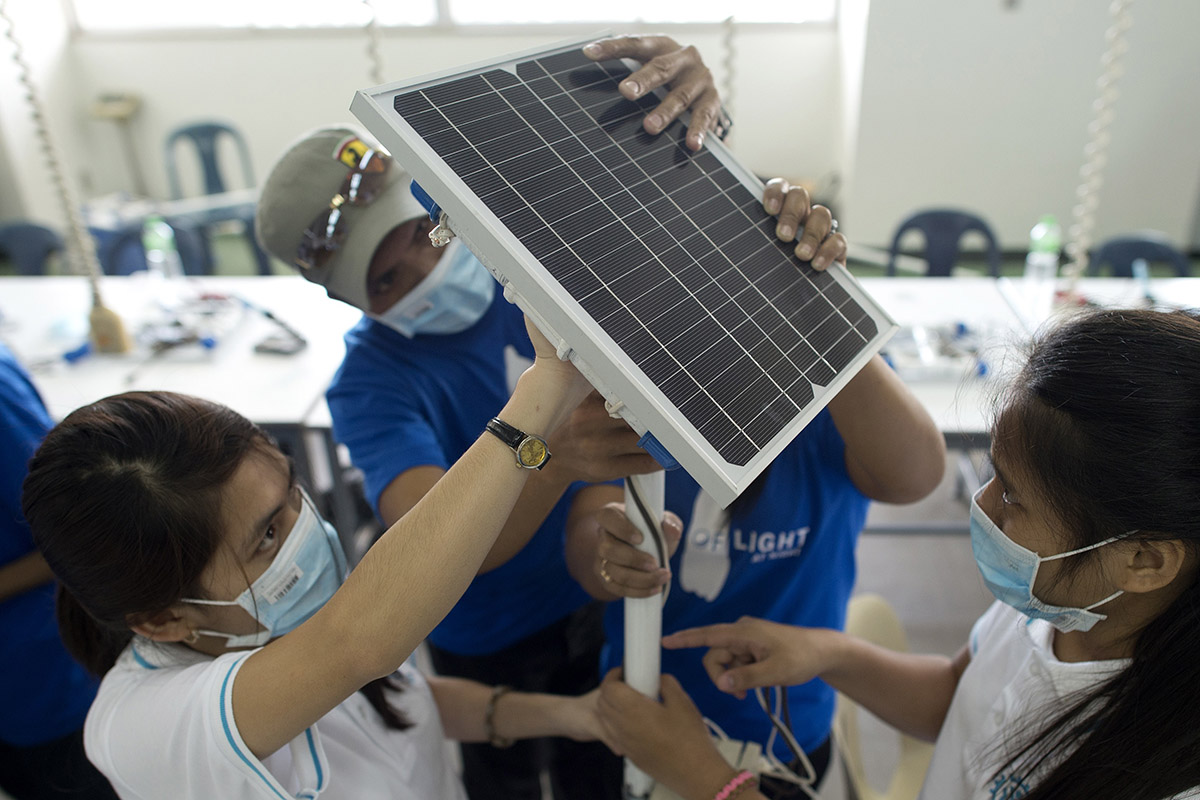Last week, the Asian Development Bank (ADB) signed a loan of US$235 million for B.Grimm Power Public Company Limited, also known as B.Grimm Power, one of the largest power producers in Thailand. The financing from ADB is for the enhancement and development of energy capacity - which is the capacity factor defined for any energy producing installation - for member states of the Association of Southeast Asian Nations (ASEAN).
The Thai power producer will put the ASEAN Distributed Power Project into action, which will develop renewable and distributed power generation for new markets in ASEAN including Cambodia, Indonesia, Lao People’s Democratic Republic, Myanmar, the Philippines, and Vietnam. This project will involve the deployment and operation of various energy sources such as distributed and utility-scale solar, wind, biomass, waste-to-energy, gas-fired power, energy storage, as well as associated infrastructure across the ASEAN countries.
Through this project, B.Grimm Power’s total distributed power generation capacity is expected to increase by over 50% to 2,500 megawatts (MW) by 2022, while the renewable energy share in its portfolio will rise from 10% to 30%.
“The development of renewable energy in Southeast Asia is critical to meet its energy needs and B.Grimm Power is at the forefront of the region’s fast growing alternative energy sector,” said Michael Barrow, Director General of ADB’s Private Sector Operations Department.
“ADB is proud to once again partner with B.Grimm Power as it continues its expansion strategy in ASEAN member countries,” he added.
The ASEAN Distributed Power Project
The ASEAN Distributed Power Project will entail the development of renewable energy starting with Thailand. Total electricity consumption for Thailand in 2016 was 182,846 gigawatt-hours (GWh), which saw a 4.6% increase from 174,834 GWh in 2015. Peak demand reached a record 29,619 MW in 2016, an 8.3% increase from 27,346 MW in 2015.
According to Thailand’s Ministry of Energy, the overall growth in electricity consumption is due to the country’s economic recovery, while the rise in peak demand was largely caused by the hot summer weather. This potential provides the opportunity for power producers such as B.Grimm to develop renewable energy further in the country.
The project will also contribute to ADB’s target of US$6 billion in annual financing for climate mitigation and adaptation by 2020, and catalyse further private sector resources in the clean energy segment. Regionally, it will contribute to achieving ASEAN’s target of increasing the share of renewable energy in the global energy mix by 2030.

Source: ADB
How does ADB’s funding help the region?
As energy efficiency emerges as one of the key ways in which Southeast Asian countries meet their growing energy needs in a cleaner, more effective way, ADB uses this opportunity to push forward its plans for reducing poverty in Asia and the Pacific region through loans and funding of energy projects.
Increasing the efficiency of energy use and supply yields lowers costs and increases the availability of energy. It also produces large environmental and economic benefits such as improving energy security and reducing greenhouse gas emissions as well as alleviating fossil fuel demand and surging energy prices.
There are now greater opportunities to improve energy efficiency, thanks to technical advances that have increased the viability of new and renewable sources of energy as well as the option of community-based, off-grid electricity supply.
Limited access to electricity remains a hurdle in the region especially in countries such as Cambodia, Lao, and Myanmar, where more than 30% of the population still have no access to electricity. Through these projects, electricity supplied to the grid will increase the availability and reliability of power, thereby boosting industrial and agricultural productivity.
In terms of reducing poverty and spurring economic growth, this project will contribute to the region through job creation and allied opportunities such as small-scale manufacturing. Since the project is based in remote rural areas, it will directly and indirectly contribute to poverty reduction among the local population; promoting socioeconomic development and expanding access to better infrastructure.
